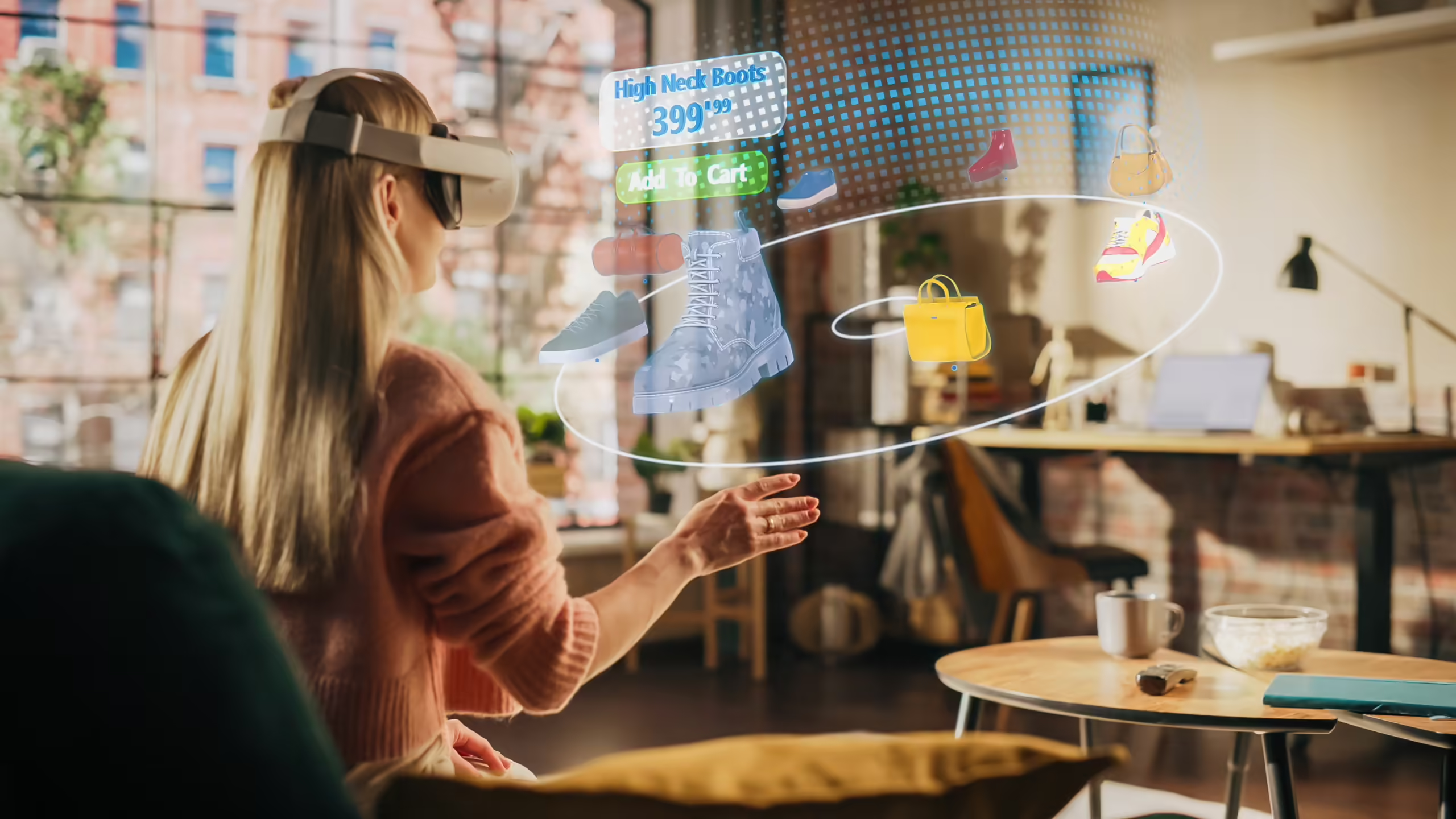In today’s fast-paced digital landscape, businesses are constantly seeking innovative ways to captivate and engage their customers. One technology that has been making waves in this regard is virtual reality (VR). By creating immersive and interactive experiences, VR has the potential to transform customer engagement like never before. In this blog, we’ll delve into how virtual reality works, explore five key ways it can revolutionize customer experiences, present two scenario examples, and provide insights on elevating customer experiences with VR.
Key Takeaway
Virtual reality is not just a trend; it’s a transformative technology that can elevate customer experiences and drive business growth. Embracing VR in marketing, customer service training, and events opens up new avenues for engagement and interaction.
How Virtual Reality Works
Virtual reality creates a simulated environment that users can interact with using specialized equipment, such as VR headsets and controllers. These devices track the user’s movements and adjust the virtual environment accordingly, creating a highly immersive experience.
Scenario Example 1
Imagine stepping into a cutting-edge retail store or coaching center where virtual reality (VR) reshapes the very essence of customer experience.
As you enter the VR-equipped retail space, you’re greeted by a digital concierge, an AI-driven avatar tailored to your preferences and needs. This virtual assistant guides you through a personalized journey, recommending products or services based on your past interactions and current interests. With VR headsets at your disposal, you explore virtual showrooms that replicate physical stores, allowing you to browse, try on, and interact with items as if they were right in front of you.
In this immersive retail experience, you can visualize how furniture would look in your living room, virtually try on clothing and accessories, or even test drive virtual versions of products like cars or gadgets. The seamless integration of VR into the retail environment elevates the shopping experience, making it more engaging, convenient, and tailored to individual preferences.
Scenario Example 2
Similarly, in a coaching or training setting, VR becomes a powerful tool for enhancing learning and development. Imagine being coached by a virtual mentor in a lifelike environment, where simulations and scenarios challenge and hone your skills. Whether it’s practicing public speaking in front of a virtual audience, undergoing realistic customer service scenarios, or refining leadership skills through interactive simulations, VR coaching revolutionizes the learning experience by providing hands-on, immersive training.
Through these imaginative scenarios, VR emerges not just as a technological novelty but as a transformative force that revolutionizes customer experiences in retail and coaching. By seamlessly integrating VR into these domains, businesses can create unforgettable, tailored experiences that resonate with customers and drive meaningful engagement and growth.
Five Ways in Which Virtual Reality Transforms Customer Experiences
In this time when instant gratification is trending, virtual reality presents a great way to keep customers engaged. Let’s delve into five transformative ways in which VR revolutionizes customer experiences, offering immersive interactions that leave a lasting impact.
Interactive Advertising
Interactive advertising is a dynamic form of marketing that engages audiences by allowing them to actively participate in the ad experience. Unlike traditional, static advertisements that passively convey a message, interactive ads invite viewers to interact with the content, making the experience more engaging and memorable.
VR allows businesses to create interactive and engaging ads that immerse customers in their brand story. By leveraging VR in marketing campaigns, brands can leave a lasting impression and drive higher engagement levels.
Virtual Showrooms and Stores
With VR, companies can build virtual showrooms and stores where customers can explore products and services in a lifelike environment. This not only enhances the shopping experience but also enables remote customers to engage with offerings as if they were physically present.
Personalized Virtual Experiences
VR technology enables businesses to create personalized experiences based on customer preferences and behavior. Whether it’s a virtual tour, a customized product demo, or a tailored training session, VR can deliver unique and memorable interactions.
Enhanced Customer Training
VR is revolutionizing customer service training by providing immersive simulations and scenarios. This hands-on approach helps employees develop better skills and empathy, leading to improved customer interactions and satisfaction.
Virtual Events and Experiences
From virtual conferences and trade shows to immersive brand experiences, VR opens up new possibilities for hosting engaging events. Attendees can network, attend sessions, and explore virtual environments from anywhere in the world.
Two Scenario Examples of How VR Marketing Can Elevate Customer Experience
Real Estate Virtual Tours: Imagine a potential homebuyer being able to virtually walk through properties from the comfort of their own home. VR technology can offer detailed virtual tours, allowing customers to explore every room and corner before making a decision.
Virtual Product Try-On: Retailers can use VR to create virtual fitting rooms where customers can try on clothes, accessories, or even makeup virtually. This eliminates the need for physical try-ons, enhancing convenience and reducing returns.
A Final Word on Elevating Customer Experiences with VR
Virtual reality is reshaping the way businesses engage with customers. From interactive advertising to personalized experiences and immersive training, VR offers a myriad of opportunities to create memorable interactions. By incorporating VR into their marketing strategies and customer service initiatives, businesses can stand out in a competitive market and build lasting relationships with their audience.






